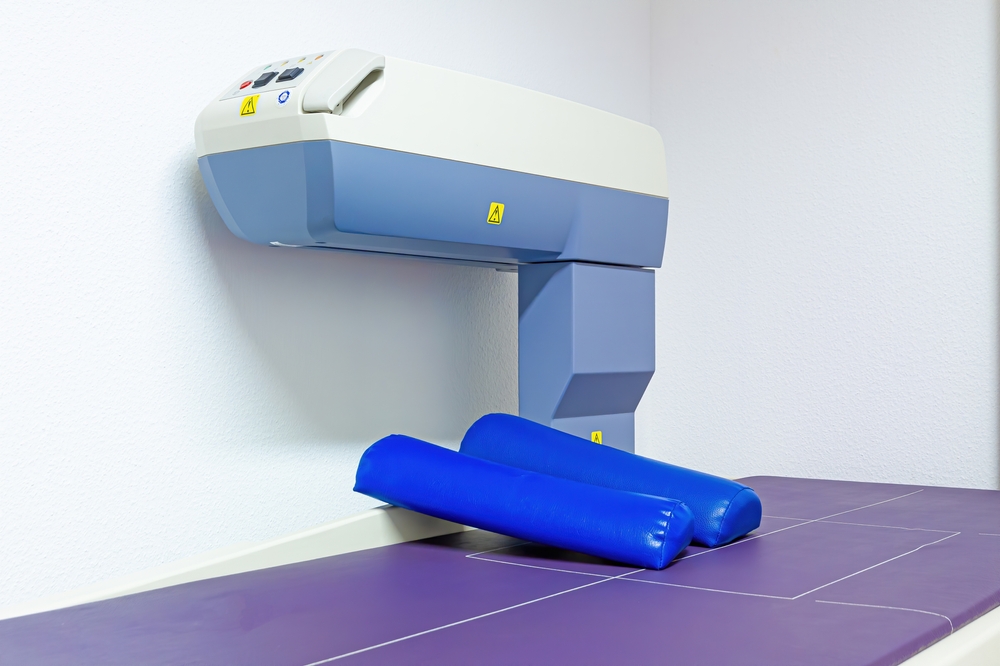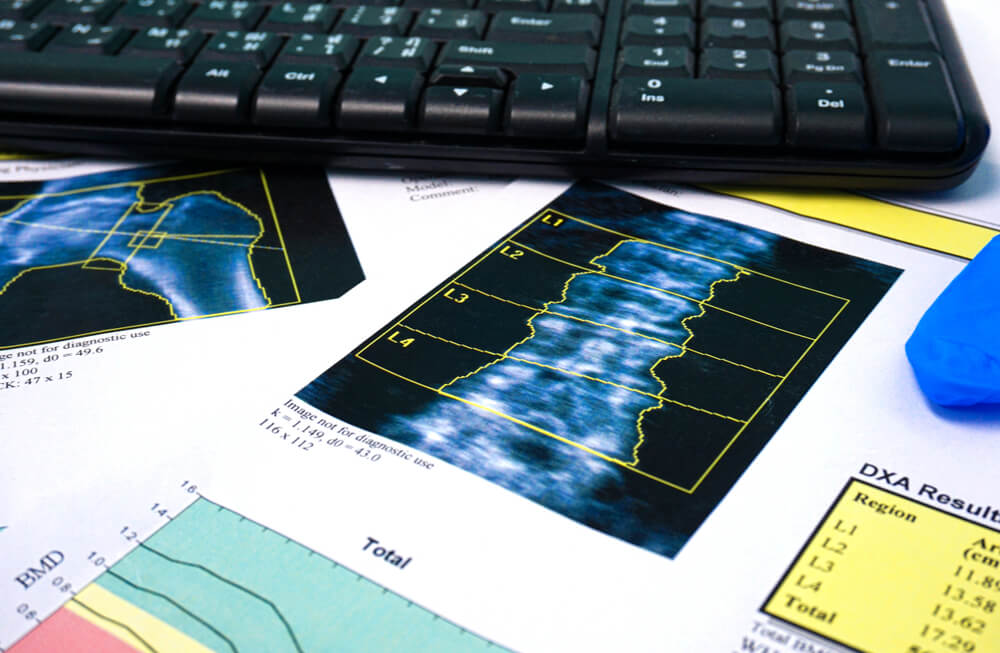Maintaining optimal bone health is crucial for overall well-being, and DEXA scans play a pivotal role in assessing bone density. As technology advances, so does our ability to monitor and address potential health issues.
In this article, we’ll delve into the process of DEXA scans, explore their importance, and answer the burning question: how often should you get a DEXA scan?
Understanding the DEXA Scan
DEXA, or dual-energy X-ray absorptiometry, is a non-invasive imaging technique that measures bone mineral density. It is commonly used to diagnose and monitor conditions such as osteoporosis. The process involves a low-radiation X-ray to assess the strength and density of bones, providing valuable insights into an individual’s bone health.

Process of DEXA Scan
The DEXA scan, a pivotal tool in assessing bone health, employs a swift and non-invasive process that unveils intricate details of bone density. The entire procedure is quick, usually taking about 10 to 30 minutes, and is painless for the patient.
As patients recline on a specialized table, a scanner arm glides over their body, emitting low-radiation X-rays that create detailed images, enabling healthcare professionals to evaluate bone strength and identify potential issues with unparalleled precision.
1. Patient Positioning
The patient lies comfortably on a specialized table, typically in a supine or prone position.
2. Scanner Arm Movement
A scanner arm containing the X-ray source and detector moves over the body in a predetermined path.
3. X-ray Emission
The machine emits dual-energy X-rays, which have different energy levels, providing more detailed information about bone density.
4. X-ray Penetration
The X-rays penetrate the body and specifically target the bones, interacting with the bone tissue in the process.
5. Bones’ Absorption of X-rays
Different tissues in the body absorb X-rays differently. Bones absorb more X-rays than soft tissues, creating a contrast in the images.
6. Image Generation
As the X-rays pass through the bones, a detector on the opposite side captures the remaining X-rays, creating detailed images of the bones’ internal structure.
7. Bone Density Assessment
The generated images allow healthcare professionals to assess bone density, identifying areas of potential weakness or osteoporosis.
8. Repeatable as Needed
DEXA scans can be repeated at appropriate intervals to monitor changes in bone density over time, allowing for effective management of bone health conditions.
Importance of DEXA Scan
Accurate assessment of bone density is crucial for identifying early signs of osteoporosis and assessing fracture risk. DEXA scans enable healthcare professionals to intervene before bone health deteriorates further, allowing for preventive measures and personalized treatment plans.

How often should you get a DEXA scan?
The frequency of DEXA scans varies based on individual health factors. Experts generally recommend the first scan for postmenopausal women and men over 50, providing a baseline for future comparisons. Subsequent scans depend on factors such as age, existing conditions, and previous scan results.
Frequency Recommended by Experts
For those with normal bone density, a DEXA scan every two years may suffice. However, individuals with low bone density or other risk factors may require more frequent monitoring. Consulting with a healthcare professional or radiology center, such as One Step Diagnostic, is essential to determine the most appropriate schedule.
Factors Influencing the Frequency
Age, family history, medication use, and existing health conditions all influence how often one should undergo a DEXA scan. Younger individuals with no risk factors may not need frequent scans, while those with identified concerns may require more regular assessments.

How DEXA Scans Contribute to Preventing Serious Bone Health Complications
By monitoring bone density over time, DEXA scans contribute significantly to preventing serious complications. Early detection allows for lifestyle modifications, dietary adjustments, and potential medical interventions to maintain or improve bone health.
Baseline Assessment
DEXA scans establish an initial baseline for an individual’s bone density, providing a reference point for future comparisons.
Early Detection of Low Bone Density
Regular monitoring with DEXA scans enables the early detection of low bone density, allowing healthcare professionals to intervene before serious complications arise.
Fracture Risk Assessment
By assessing bone density, DEXA scans help evaluate the risk of fractures, prompting proactive measures to reduce the likelihood of bone injuries.
Identification of Osteoporosis
DEXA scans play a crucial role in identifying osteoporosis in its early stages, facilitating timely interventions to prevent further bone weakening.
Personalized Preventive Measures
Armed with DEXA scan results, healthcare professionals can recommend personalized preventive measures, including lifestyle modifications and dietary adjustments tailored to an individual’s bone health needs.
Guidance for Physical Activity
DEXA scans assist in guiding appropriate levels of physical activity, helping individuals engage in exercises that enhance bone density and reduce the risk of fractures.
Monitoring Treatment Effectiveness
For individuals undergoing treatment for bone health issues, DEXA scans serve as a valuable tool to monitor the effectiveness of interventions and adjust treatment plans as needed.
Empowerment Through Education
By providing a clear picture of bone health, DEXA scans empower individuals with the knowledge to make informed decisions about their lifestyle, contributing to long-term bone health.
Preventive Medical Interventions
In cases where low bone density is identified, DEXA scans allow for the consideration of medical interventions, such as prescription medications, to strengthen bones and mitigate the risk of fractures.
Comprehensive Care Approach
DEXA scans, when integrated into healthcare routines, support a comprehensive approach to bone health, addressing potential complications before they escalate.
Cost-Effective Long-Term Management
Early prevention and intervention guided by DEXA scans can lead to cost-effective long-term management of bone health, reducing the economic burden associated with treating advanced bone conditions.
Quality of Life Improvement
Ultimately, the contribution of DEXA scans to preventing serious bone health complications translates into an improved quality of life for individuals by preserving mobility, independence, and overall well-being.
Safeguarding Bone Health for a Resilient Future
The frequency of DEXA scans is not one-size-fits-all. It is a personalized decision guided by factors unique to each individual. Regular assessments, coupled with lifestyle modifications, empower individuals to take control of their bone health. Remember, consulting with a healthcare professional is key to developing a tailored plan suited to your specific needs.
For comprehensive diagnostic services, including DEXA scans and timely health assessments, consider reaching out to One Step Diagnostic. Your bone health journey begins with informed decisions and proactive measures.



